The tiny radio telescope is an experiment based on the NRAO's "Itty-Bitty Telescope" design to see whether amateur astronomers can make useful observations in the radio spectrum. It is also a precursor project for our eventual goal of building a fully automated robotic telescope.
Like the Itty-Bitty, we're using a commercial satellite TV receiver as the telescope component, but we're taking it a step further by adding a simple motorized mount (to allow for computer-controlled target aquisition) and feeding the signal into a computer for real-time graphing of the signal.
If the project is successful, we will likely use it for science outreach demonstrations, and possibly build more to donate to school science departments.
 Paul Scott
Paul Scott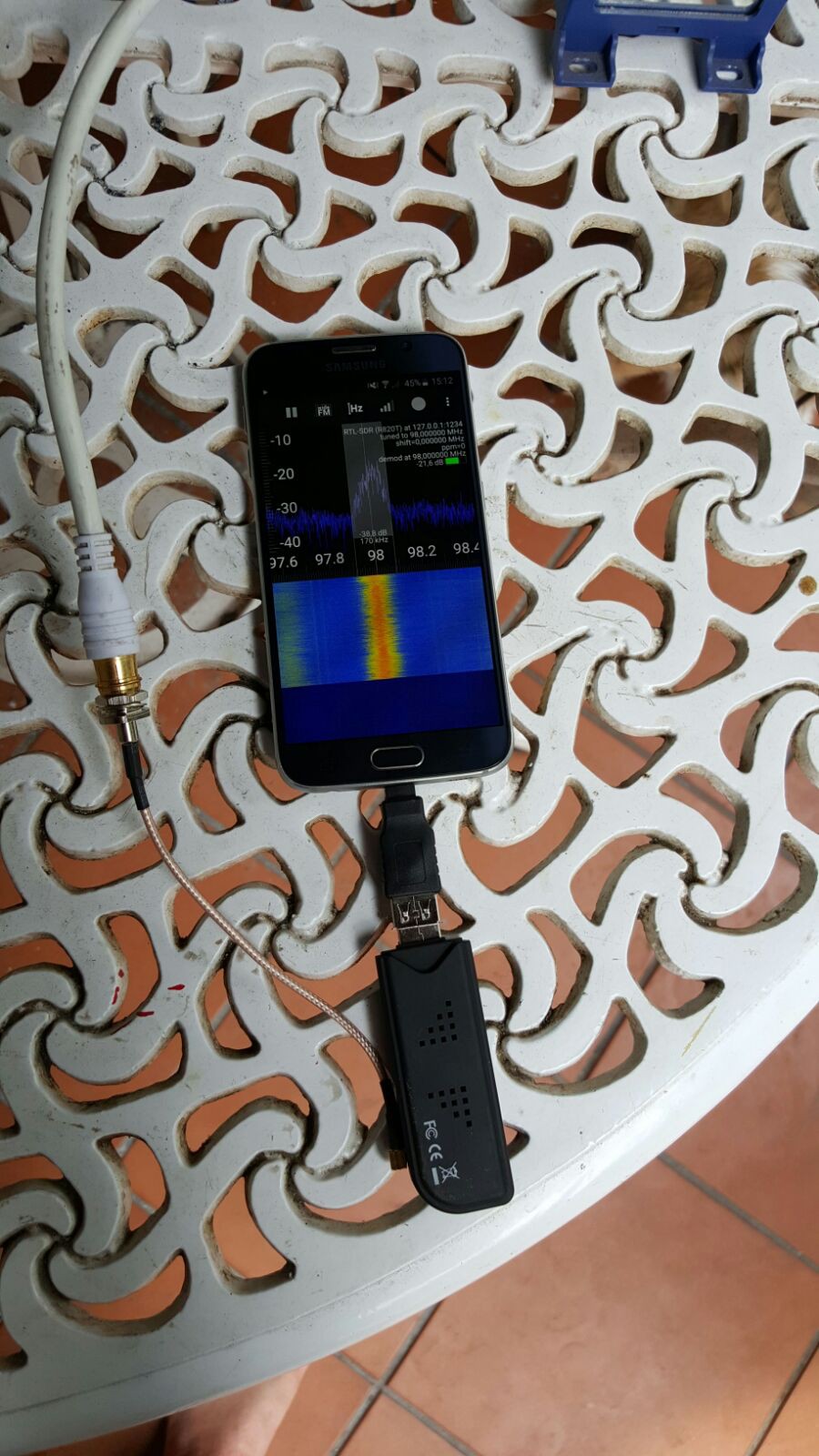
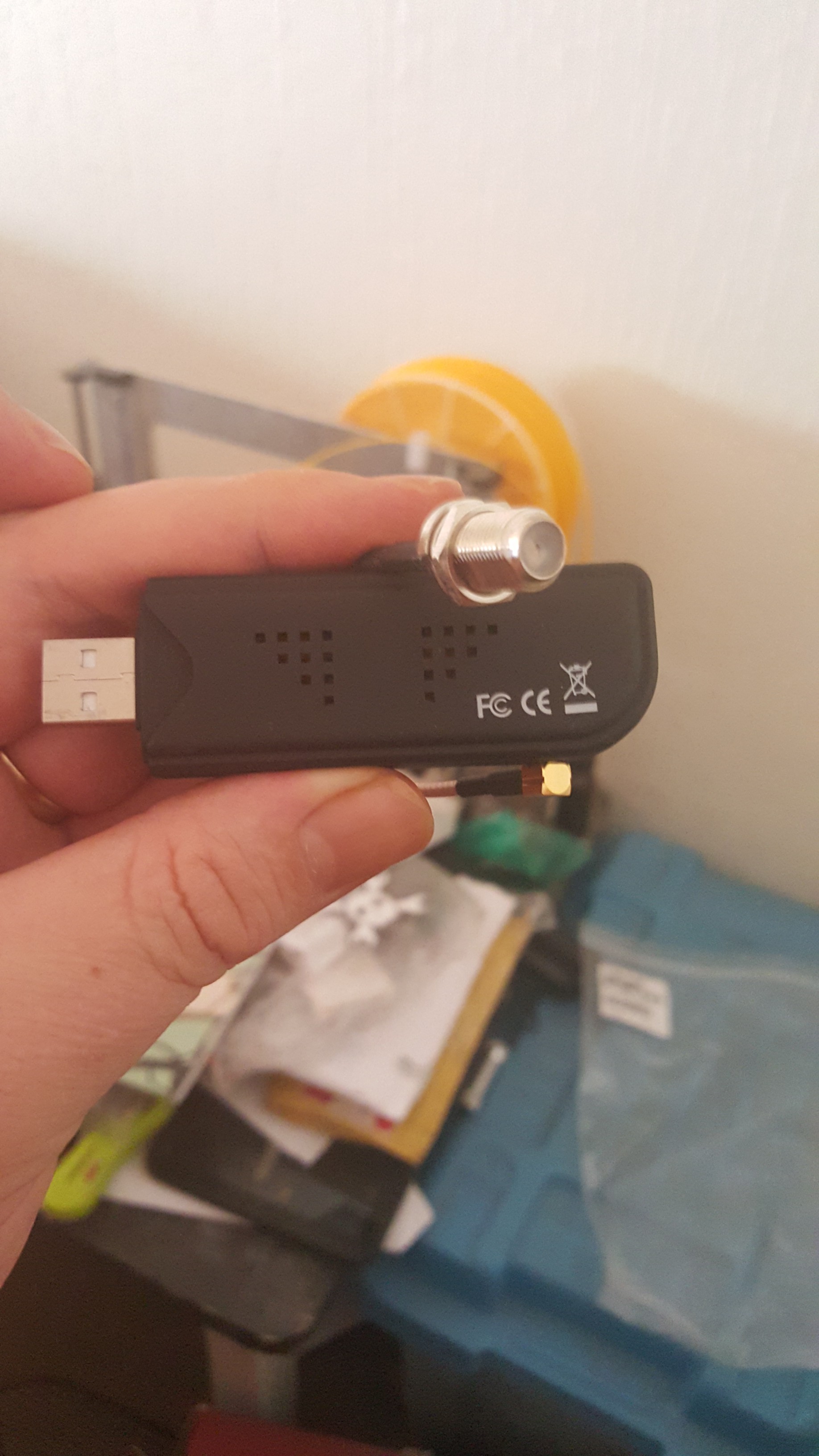
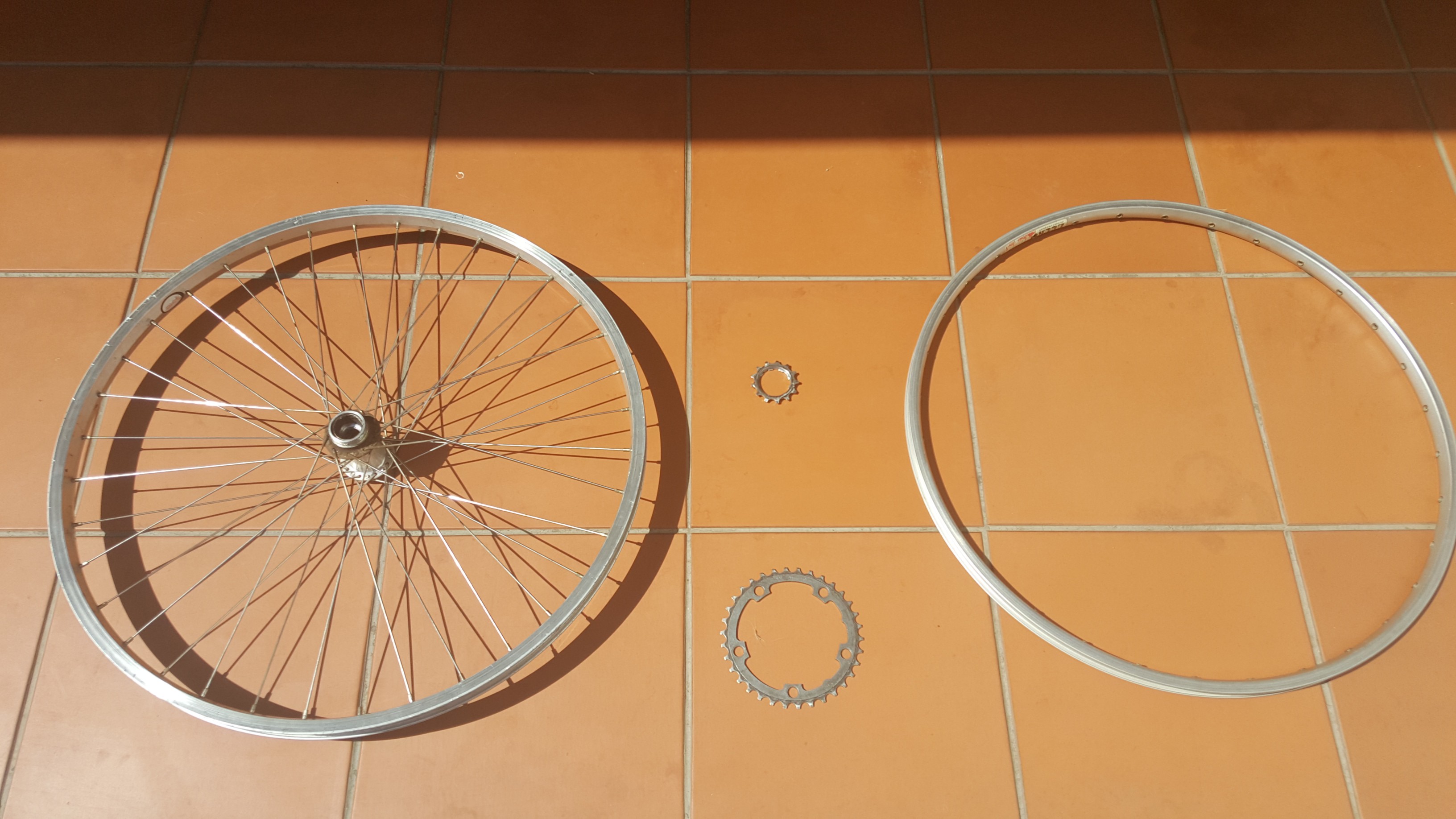
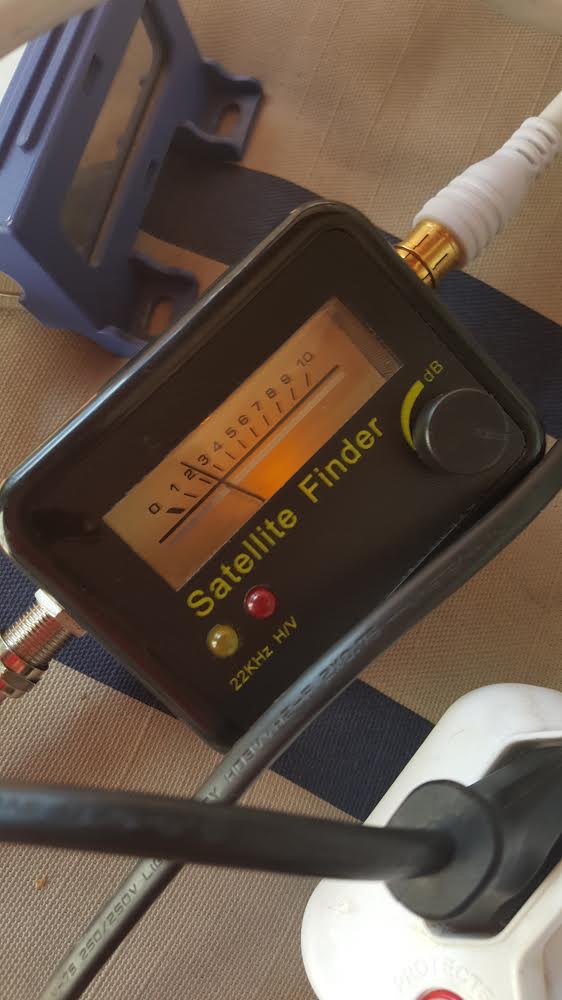
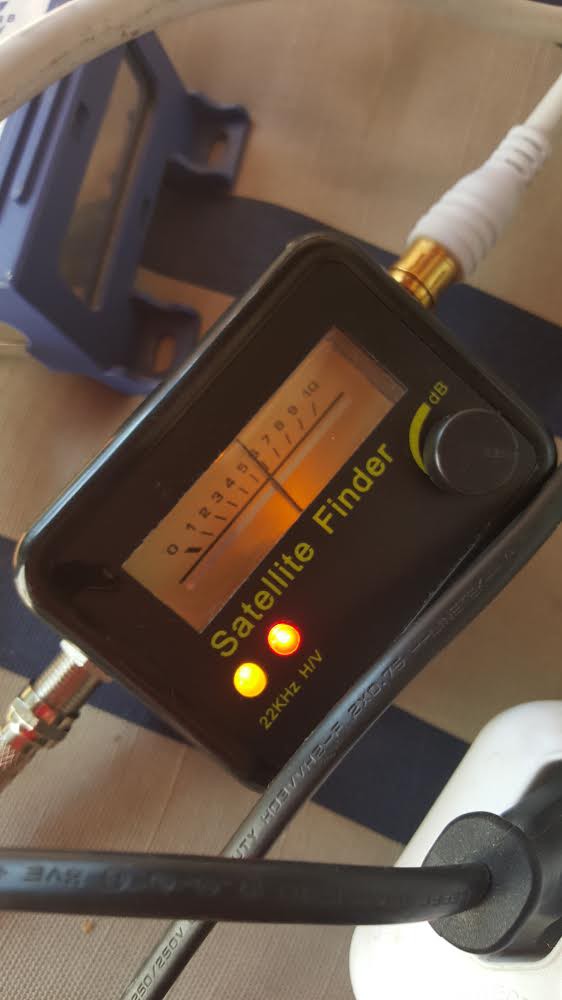
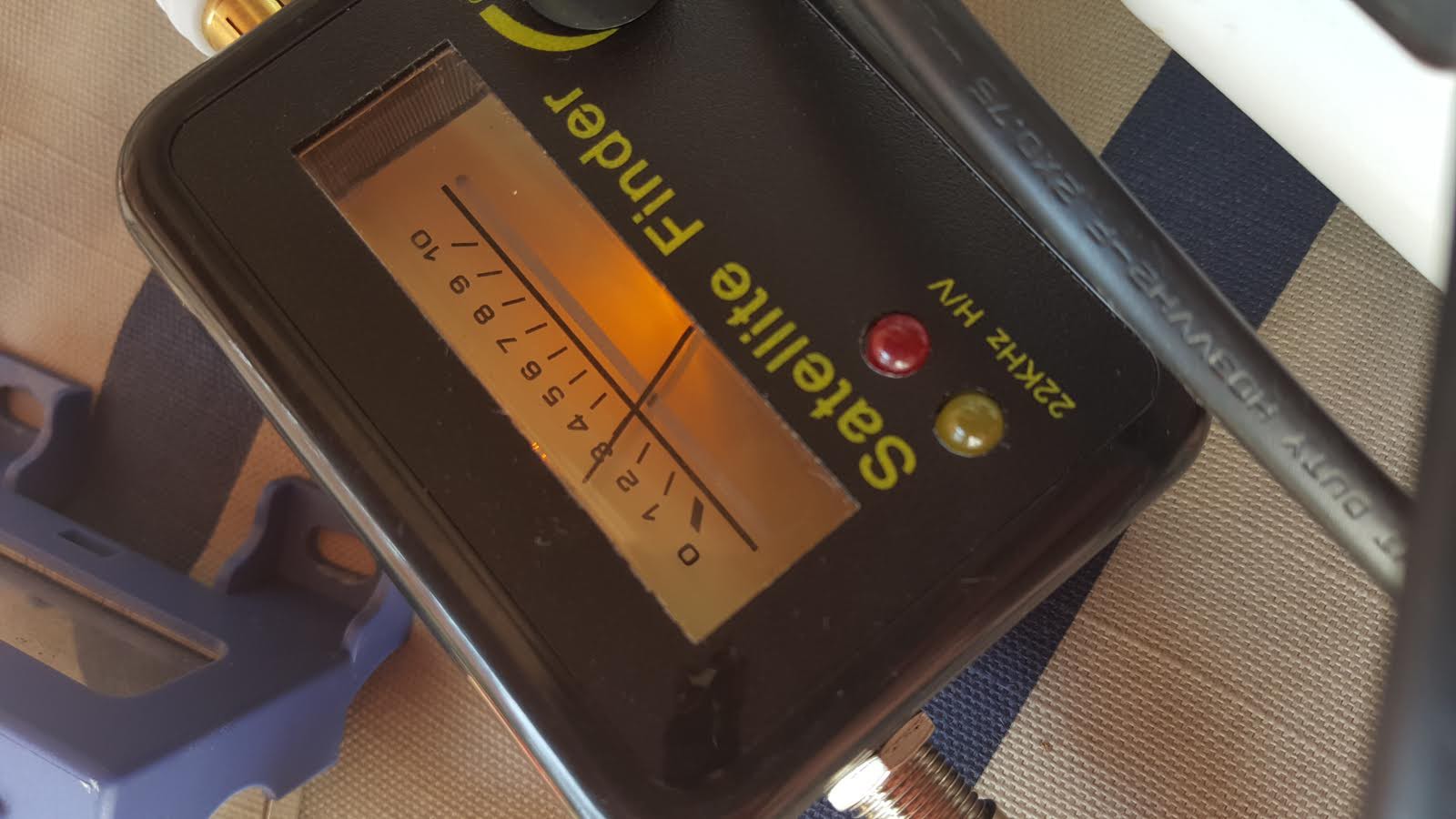

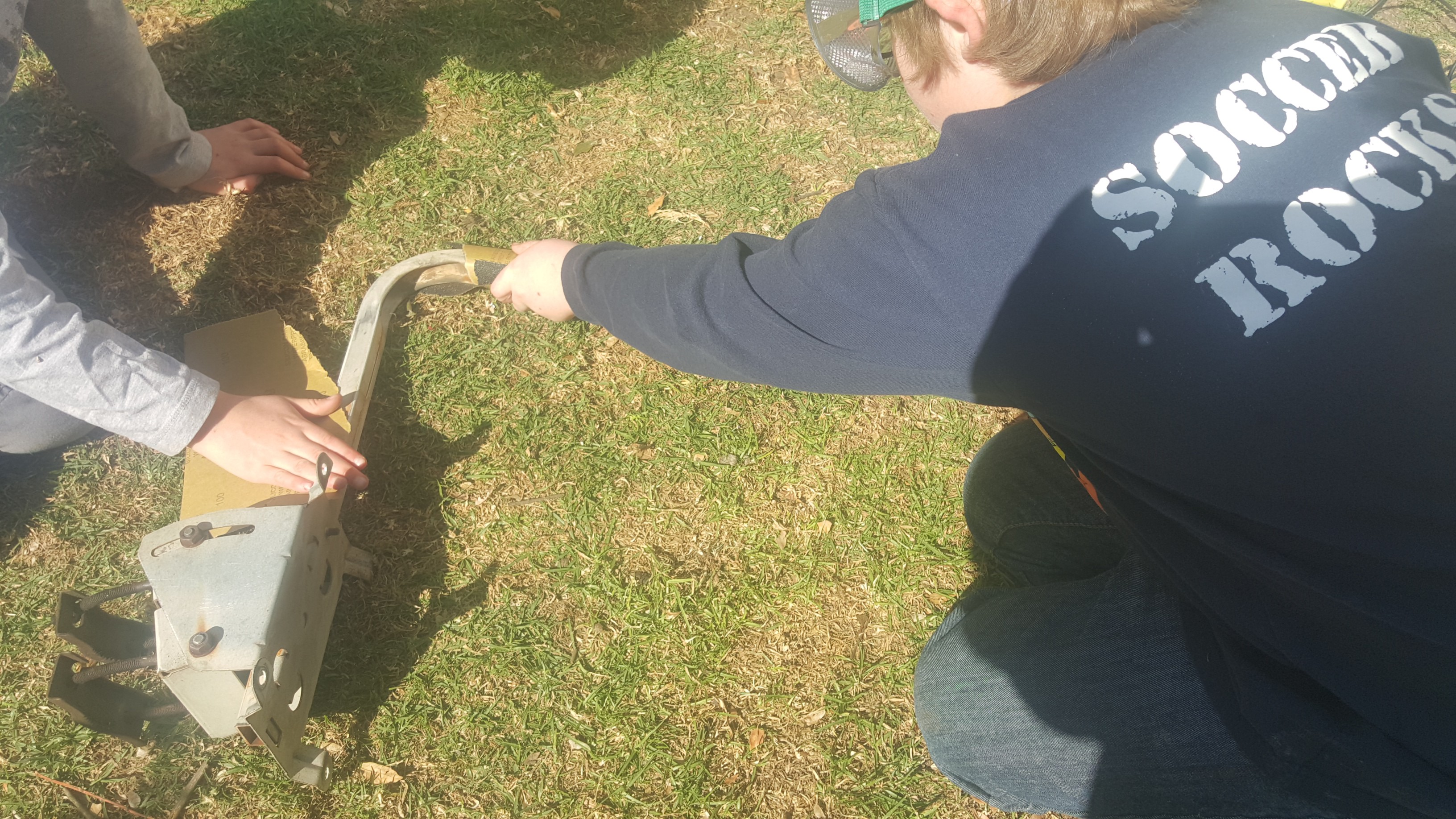
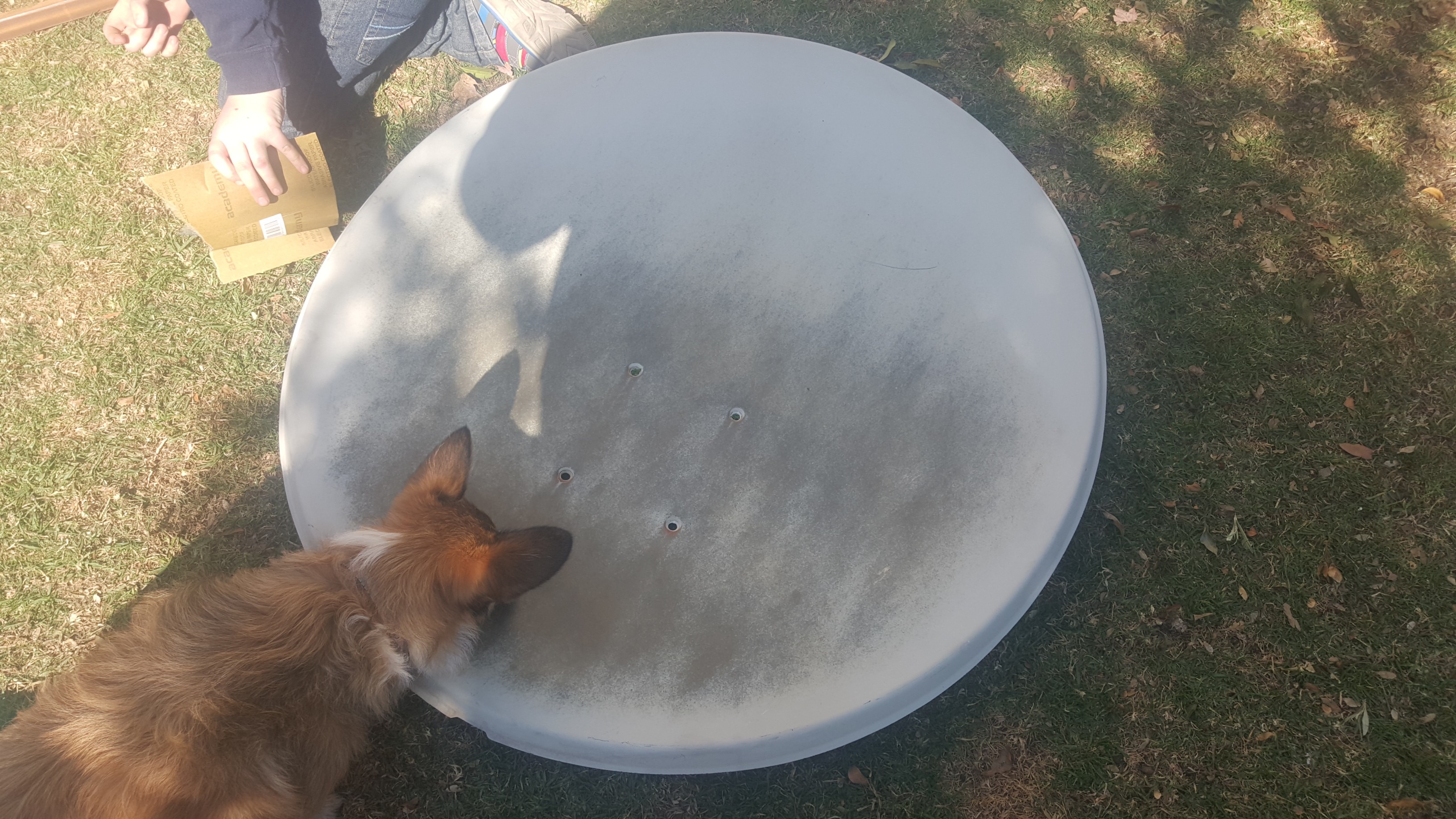

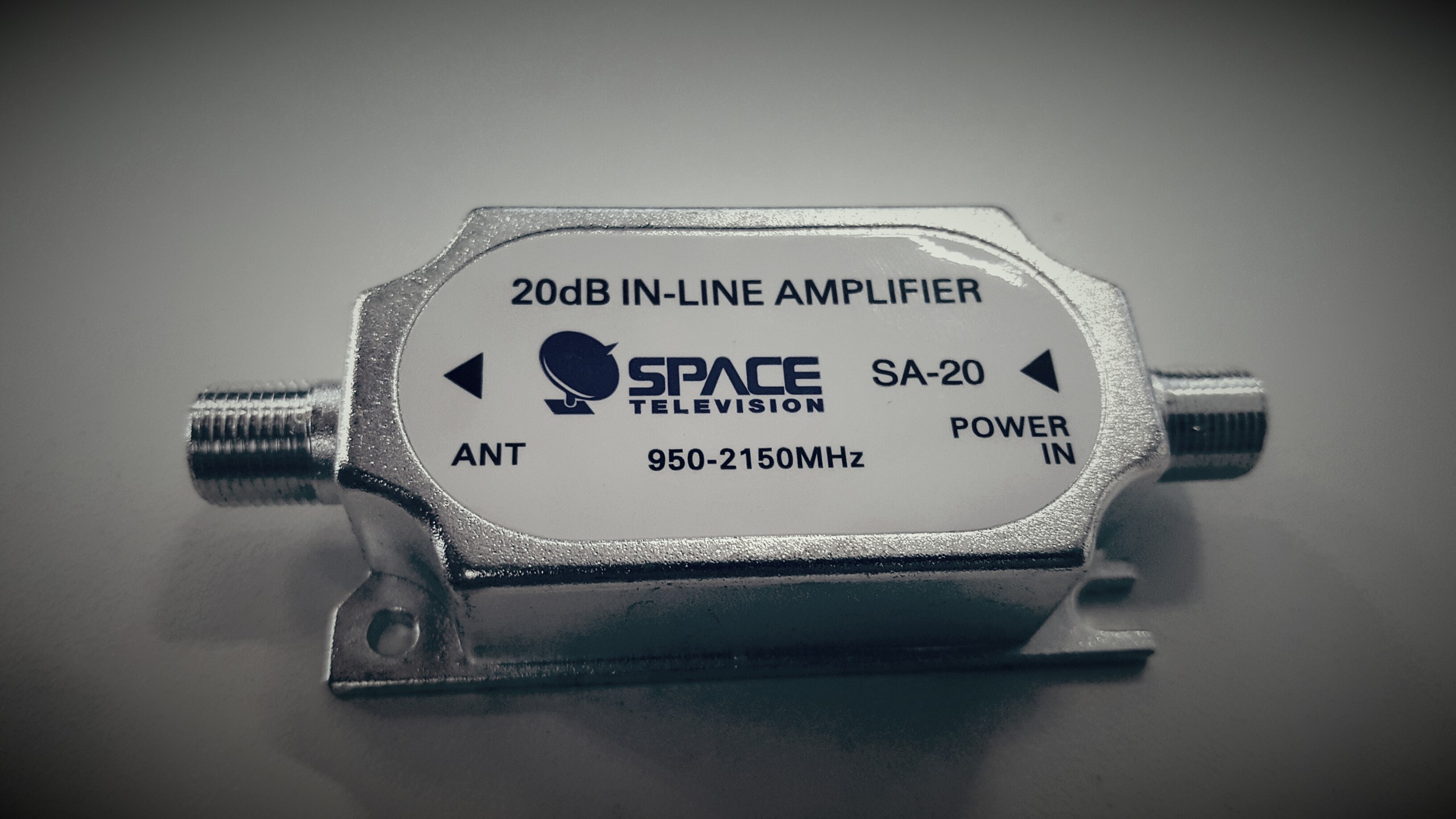

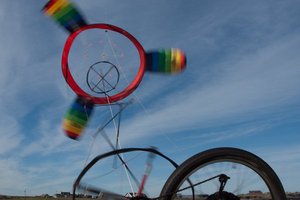
 Roddy "Rags" Read
Roddy "Rags" Read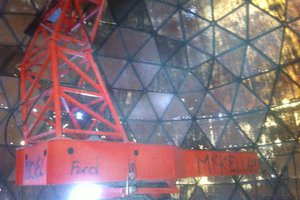
 Lorin Briand
Lorin Briand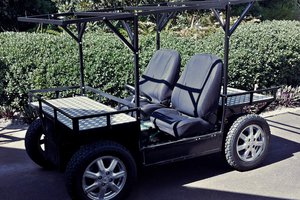
 Chris Low
Chris Low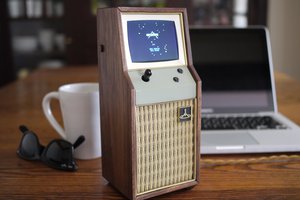
 Mike
Mike
Do You thing about more than one antena? No one big but 2-4 antenas.
resolution are increasing , the distance are proportional to resolution.